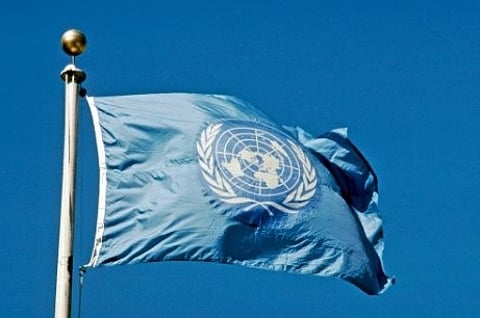
- Home
- न्यूजग्राम
- NewsGram USA
- India
- World
- Politics
- Entertainment
- Culture
- Lifestyle
- Economy
- Sports
- Sp. Coverage
- Misc.
- NewsGram Exclusive
- Jobs / Internships

With ocean-warming phenomenon El Nino officially here, the World Health Organization (WHO) has said that it is preparing for an increased spread of viral diseases like dengue, Zika and chikungunya linked to the El Nino event.
"The WHO is preparing for the very high probability that 2023 and 2024 will be marked by an El Nino event, which could increase transmission of dengue and other so-called arboviruses such as Zika and chikungunya," WHO's Director-General Tedros Adhanom Ghebreyesus said on Wednesday.
"The effects of climate change are also fuelling mosquito breeding and the spread of these diseases," he added.
According to the US National Oceanic and Atmospheric Administration (NOAA), El Nino could lead to new records for temperatures, particularly in areas that already experience above-average temperatures during El Nino.
El Nino events usually occur every two to seven years and are characterised by warmer-than-average sea surface temperatures around the equator in the central and eastern Pacific Ocean.
The last El Nino event occurred between February and August in 2019, but its impacts were relatively weak.
In India, El Nino Southern Oscillation (ENSO) led to a delay in monsoon, while cyclone Biparjoy also played a crucial role in the delay, according to experts. (IANS/NS)
